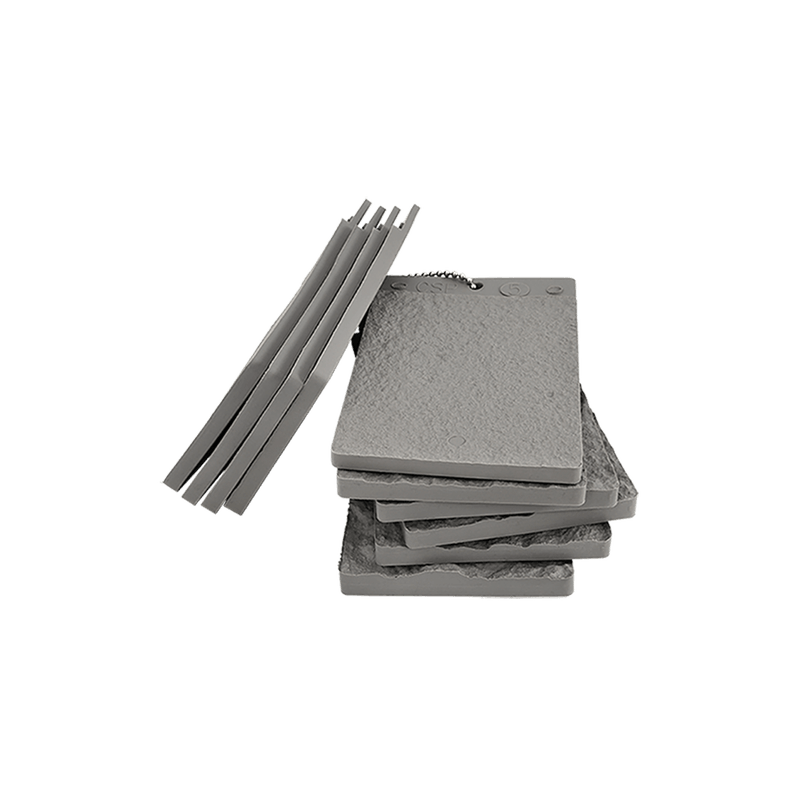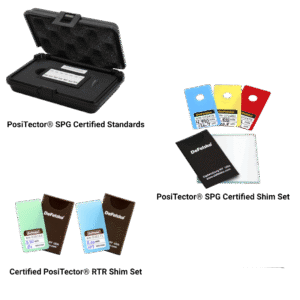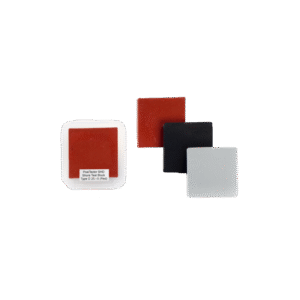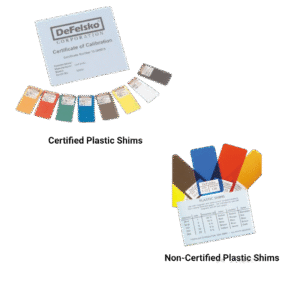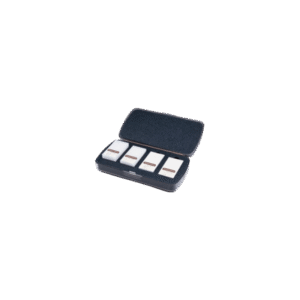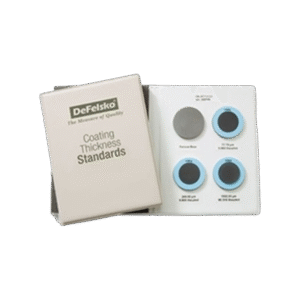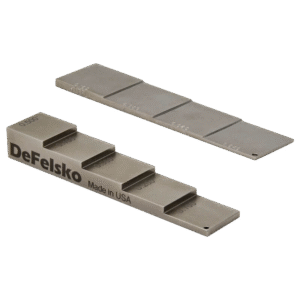Surface Preparation Guide Booklet
Sku: INEBSPG
Blast-Cleaned Surface - Class of Blast - Cleanliness BRUSH-OFF BLAST Tightly adherent mill scale and rust may remain on the surface. Mill scale and rust are considered adherent if they cannot be removed with a dull putty knife.- SSPC-SP 7
- NACE No. 4
- SA-1
- SSPC-SP 6
- NACE No. 3
- SA-2
- SSPC-SP 10
- NACE No. 2
- SA-2-1/2
- SSPC-SP 5
- NACE No. 1
- SA-3
- A near-white metal blast cleaned surface, when viewed without magnification, shall be free of all visible oil, grease, dust, dirt, mill scale, rust, coating, oxides, corrosion products, and other foreign matter, except for staining as noted in Section 2.
- Random staining shall be limited to no more than 5 percent of each unit area of surface as defined in Section 6, and may consist of light shadows, slight streaks, or minor discolorations caused by stains of rust, stains of mill scale, or stains of previously applied coating.
- Acceptable variations in appearance that do not affect surface cleanliness as defined in Section 1 include variations caused by type of steel, original surface condition, thickness of the steel, weld metal, mill or fabrication marks, heat treating, heat affected zones, blasting abrasives, and differences in the blast pattern.
- When a coating is specified, the surface shall be roughened to a degree suitable for the specified coating system.
- Immediately prior to coating application, the entire surface shall comply with the degree of cleaning specified herein.
- Unit area for determinations shall be approximately 5776 mm (9 sq in) - (i.e., a square 76 mm x 76 mm [3 in x 3 in]).
- SSPC-VIS 1 photographs A SP-10, B SP-10, C SP-10 or D SP-10 may be specified to supplement the written definition. In any dispute, the written standards shall take precedence over visual standards and comparators.
- A commercial blast cleaned surface, when viewed without magnification, shall be free of all visible oil, grease, dust, dirt, mill scale, rust, coating, oxides, corrosion products, and other foreign matter, except for staining as noted in Section 2.
- Random staining shall be limited to no more than 33 percent of each unit area of surface as defined in Section 6, and may consist of light shadows, slight streaks, or minor discolorations caused by stains of rust, stains of mill scale, or stains of previously applied coating.
- Acceptable variations in appearance that do not affect surface cleanliness as defined in Section 1 include variations caused by type of steel, original surface condition, thickness of the steel, weld metal, mill or fabrication marks, heat treating, heat affected zones, blasting abrasives, and differences due to blasting technique.
- When a coating is specified, the surface shall be roughened to a degree suitable for the specified coating system
- Immediately prior to coating application, the entire surface shall comply with the degree of cleaning specified herein.
- Unit area for determinations shall be approximately 5776 mm2 (9 in2) (i.e., a square 76 x 76 mm [3 in x 3 in])
- SSPC-VIS 1-89 may be specified to supplement the written definition. In any dispute, the written standards shall take precedence over visual standards and comparators.
- A brush-off blast cleaned surface, when viewed without magnification, shall be free of all visible oil, grease, dirt, dust, loose mill scale, loose rust, and loose coating. Tightly adherent mill scale, rust, and coating may remain on the surface. Mill scale, rust, and coating are considered tightly adherent if they cannot be removed by lifting with a dull putty knife after abrasive blast cleaning has been performed.
- The entire surface shall be subjected to the abrasive blast. The remaining mill scale, rust, or coating shall be tight. Flecks of the underlying steel need not be exposed whenever the original substrate consists of intact coating.
- When a coating is specified, the surface shall be roughened to a degree suitable for the specified coating system.
- Immediately prior to coating application, the entire surface shall comply with the degree of cleaning as specified herein.
- Visual standards or comparators may be specified to supplement the written definition. In any dispute, the written standards shall take precedence over visual standards and comparators.
- A white metal blast cleaned surface, when viewed without magnification, shall be free of all visible oil, grease, dust, dirt, mill scale, rust. coating, oxides, corrosion products, and other foreign matter
- Acceptable variations in appearance that do not affect surface cleanliness as defined in Section 1 include variations caused by type of steel, original surface condition, thickness of the steel, weld metal, mill or fabrication marks, heat treating, heat affected zones, blasting abrasives, and differences due to blasting technique
- When a coating is specified, the surface shall be roughened to a degree suitable for the specified coating system.
- Immediately prior to coating application, the entire surface shall comply with the degree of cleaning specified herein.
- SSPC-VIS 1-89 may be specified to supplement the written definition. In any dispute, the written standards shall take precedence over visual standards and comparators.
 My Account
My Account


